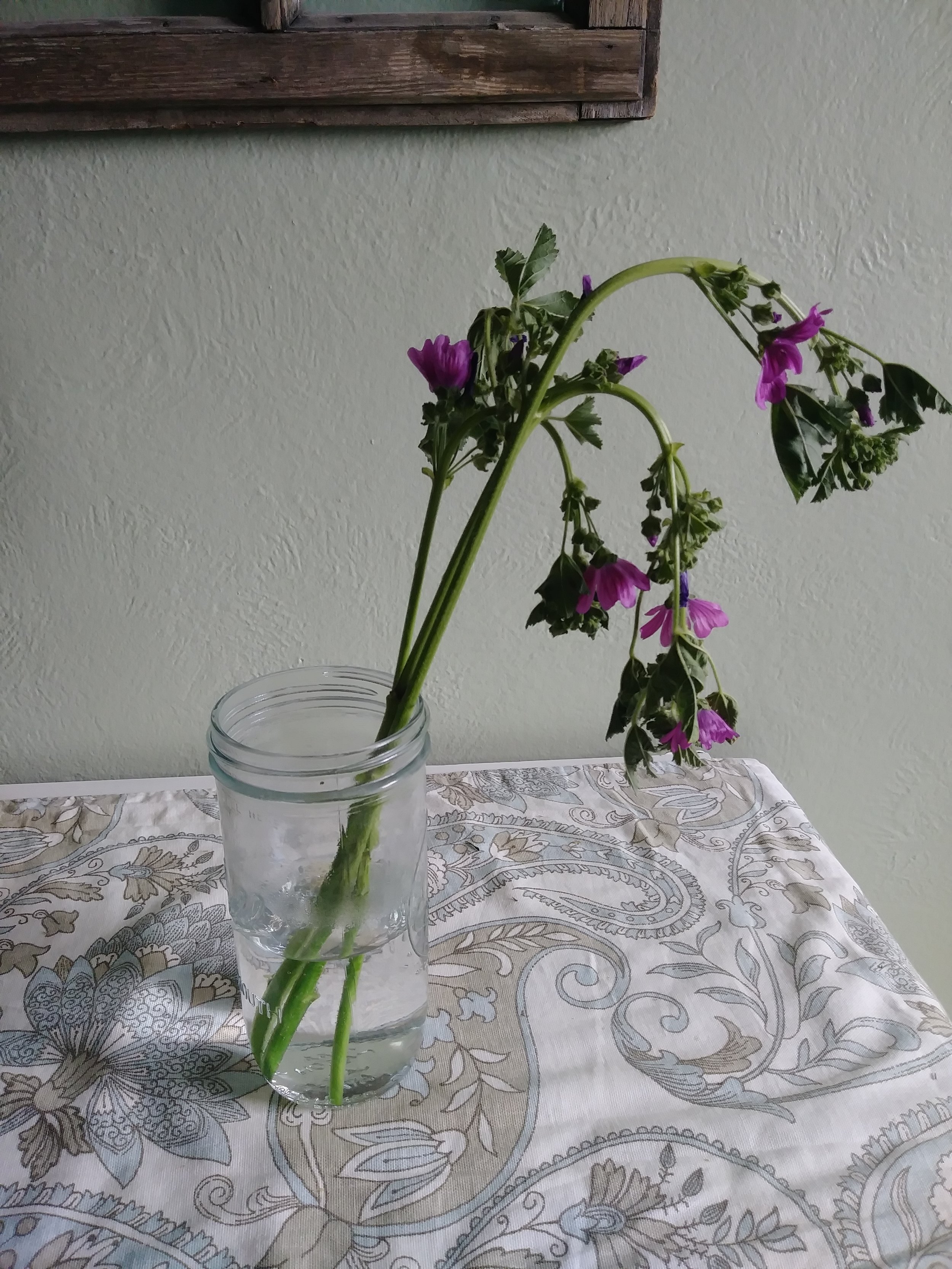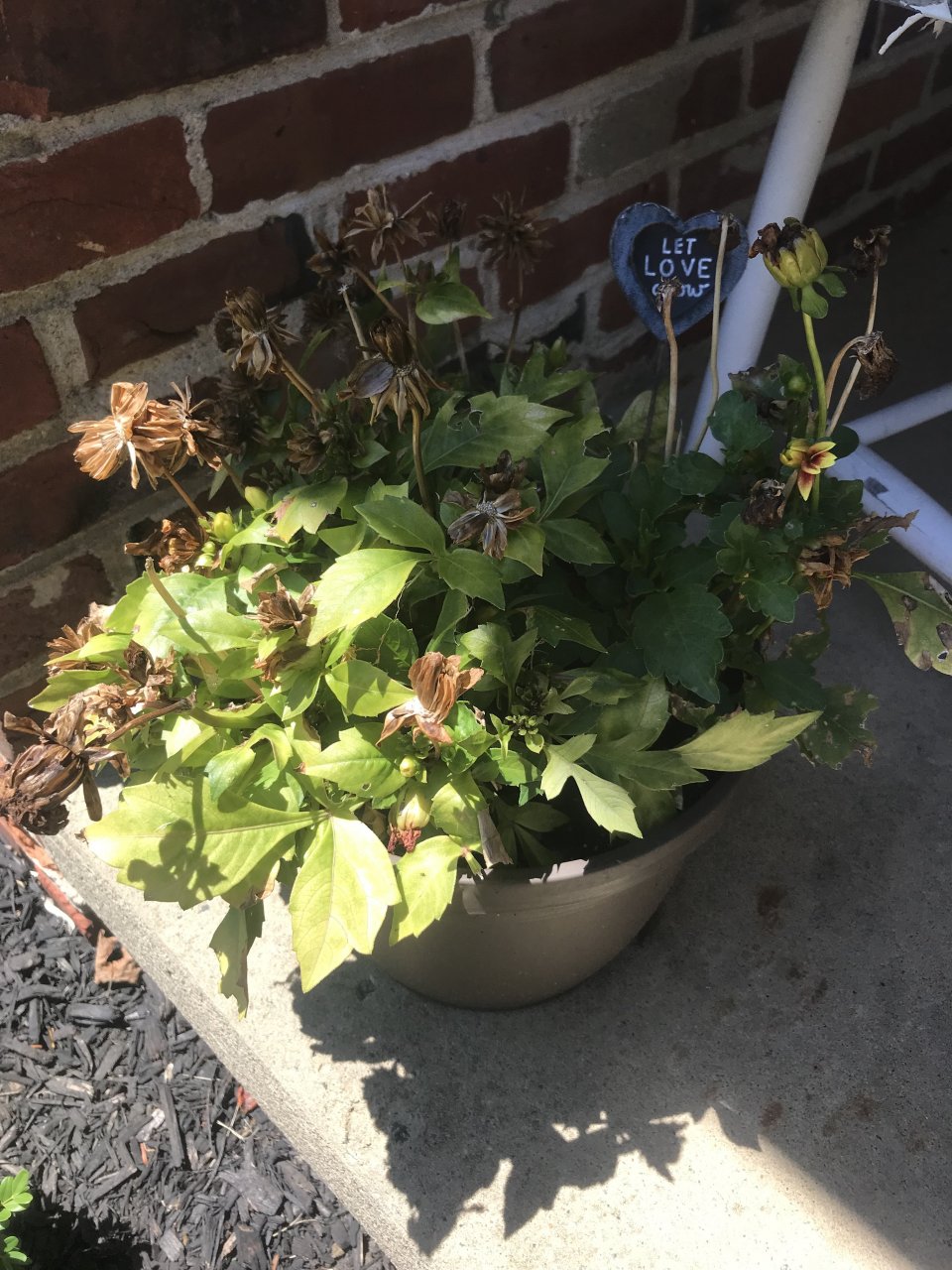To revive dying dahlias, provide proper watering, regular fertilization, and remove any damaged or infected plant parts. Dahlias are popular flowering plants known for their vibrant colors and beautiful blooms.
However, sometimes these plants can start to decline and show signs of dying. If you are facing this issue with your dahlias, don’t worry! There are simple steps you can take to bring them back to life. We will discuss how to revive dying dahlias and restore their health and vitality.
By following these guidelines, you can ensure that your dahlias bounce back and continue to grace your garden with their stunning flowers. So let’s dive into the details and learn how to revive your dying dahlias.

Credit: www.threeacrefarm.net
Understanding The Signs Of Dying Dahlias
Dying dahlias can display several common symptoms indicating their decline. It is essential to identify these signs to effectively revive them. Look out for wilting, yellowing leaves, and stunted growth, as they suggest possible issues. Additionally, if you notice rotting or discolored roots, it might indicate the presence of root rot, a severe problem that hampers dahlia health.
Recognizing the causes behind their decline
Various factors contribute to the decline of dahlias, including improper watering, inadequate sunlight, pests and diseases. Overwatering or underwatering can stress the plants and lead to their demise. Lack of sunshine can hinder their growth and weaken their overall health. Dahlias are also susceptible to pests like aphids, thrips, and mites, as well as diseases like powdery mildew and leaf spot.
Evaluating the level of damage and potential for revival
Assess the extent of damage to determine the potential for revival. If the plants are partially affected and have firm tubers, there is a good chance they can be saved. Trim the damaged foliage, provide proper care, and address any underlying issues to improve their chances of recovery.
How to Revive Dying Dahlias: Step by Step Guide
Assessing Soil Conditions
Assessing soil conditions is crucial for reviving dying dahlias. The first step is to check soil moisture levels and drainage issues. **Proper moisture levels** are essential for the dahlias to thrive. Too much water, caused by poor drainage, can lead to root rot and other fungal diseases. On the other hand, insufficient moisture can result in wilting and stunted growth.
Another important aspect is the **pH balance of the soil**. Dahlias prefer a slightly acidic to neutral pH range of 6.5 to 7.0. Testing the soil’s pH helps identify if adjustments are needed to create an optimal environment for the plants to flourish.
Furthermore, it is crucial to **test the soil for nutrient deficiencies and excesses**. A lack of essential nutrients like nitrogen, phosphorus, and potassium can weaken the dahlias. Similarly, excessive levels of certain nutrients can have adverse effects. Conducting a soil test can provide valuable insights into the soil’s nutrient composition and allow appropriate amendments.
Implementing Correct Watering Techniques
For reviving dying dahlias, determining the ideal watering schedule is crucial. Overwatering can be detrimental and may lead to root rot. To promote root health, it’s essential to strike a balance:
1. Avoid overwatering: Monitor the soil moisture level regularly and water only when the top 2-3 inches of soil feel dry.
2. Retaining moisture: Utilize mulch and organic matter to retain moisture in the soil, preventing dehydration of dahlias. Organic mulches like straw or wood chips help to conserve water and maintain a consistent soil temperature.
By establishing an ideal watering schedule and implementing proper techniques, you can enhance the chances of reviving your dying dahlias. Remember to evaluate the specific needs of your dahlias and adapt the watering schedule accordingly.
Applying Adequate Nutrient And Fertilizer
Dahlias are beautiful flowers that can be brought back to life with proper care and attention. One essential aspect of reviving dying dahlias is to ensure they receive adequate nutrients and fertilizers. Identifying nutrient deficiencies through leaf analysis is an effective way to determine the specific requirements of your dahlias. This analysis helps you understand the essential nutrients your plants need and enables you to address any deficiencies.
Choosing the right fertilizer is also crucial in reviving dying dahlias. Look for a balanced formula that provides the necessary macro and micronutrients. Calculating proper application rates and timing is another key consideration. Apply fertilizers based on the specific needs of your dahlias, considering factors like greenhouse/field grown, stage of growth, and soil conditions. By following these steps, you can give your dahlias the nutrients they need to thrive.
Pruning And Deadheading Strategies
Pruning and deadheading are essential strategies for reviving dying dahlias. Trimming **dead or diseased foliage** is crucial because it encourages new growth by eliminating potential sources of infection. Additionally, understanding the benefits of deadheading **spent blooms** is vital. By removing faded flowers, you redirect the plant’s energy towards creating new blooms, resulting in a longer flowering period. Deadheading also promotes healthy branching, **increased flower production**, and overall plant vigor.
Regularly pruning dahlias helps control their size and shape, ensuring they don’t become unruly or overcrowded. Remember to trim stems just above a set of leaves or a node to stimulate new growth. By implementing these pruning and deadheading strategies, you can revive your dying dahlias and enjoy a vibrant and flourishing garden.
Managing Pests And Diseases
Managing pests and diseases is crucial for reviving dying dahlias. One of the first steps is recognizing common pests that affect dahlias. Common dahlia pests include aphids, spider mites, and slugs. To implement natural pest control methods, consider using beneficial insects like ladybugs to eat aphids, or neem oil to deter spider mites. For slugs, create barriers around dahlias using materials like copper or diatomaceous earth.
Identifying and treating common dahlia diseases is equally important. Keep an eye out for diseases like powdery mildew, botrytis blight, and root rot. If you notice powdery white spots on leaves or flowers, it’s likely powdery mildew. Remove and destroy affected plant parts, ensure proper airflow, and consider using organic fungicides if needed. Botrytis blight causes brown spots and wilting; remove infected parts and reduce humidity. For root rot, make sure dahlias are not overwatered and consider using well-draining soil.
Propagating Dahlias For Continuity
Growing dahlias can be a rewarding experience, but it’s important to know how to propagate them to ensure their continuity. Stem cutting propagation is a popular method that allows you to create new plants from existing ones. To do this, select a healthy dahlia plant and cut a stem just below a node. Remove the lower leaves and dip the cut end in rooting hormone. Plant the cutting in a well-draining soil mix and keep it moist. Within a few weeks, roots will start to develop, and you can then transfer the new plant to a larger pot or directly into the garden.
Ensuring Proper Care for Newly Propagated Dahlias
Once you have successfully propagated your dahlias, it’s essential to provide them with proper care. Place the new plants in a location that receives full sun and water them regularly. It’s important to avoid overwatering, as this can lead to root rot. Fertilize the plants every two weeks with a balanced fertilizer to promote healthy growth. Additionally, provide support to the plants using stakes or cages as they grow taller. Regularly monitor for pests and diseases, and take appropriate measures to protect your dahlias. With proper care, your newly propagated dahlias will flourish, adding beauty to your garden for years to come.
Winterizing Dahlias For Future Seasons
To revive dying dahlias and ensure their survival in colder climates, it is important to properly prepare them for dormancy during the winter months. Storing tubers and bulbs in a protected environment is crucial to shield them from freezing temperatures and potential damage. Begin by carefully digging up the dahlia tubers, being cautious not to harm them during the process. Clean the tubers from excess soil and allow them to dry naturally for a few days. Once dry, gently remove any remaining soil particles and trim any damaged or excess roots.
Place the tubers in a well-ventilated container, such as a cardboard box or paper bag, filled with dry sawdust or peat moss. Store the container in a cool, dry location, ideally between 35-50°F (2-10°C), where the tubers can remain undisturbed until spring. By implementing these necessary protection measures, your dahlias will have the best chance for thriving in future seasons.
Preparing dahlias for dormancy in colder climates
To prepare dahlias for dormancy in colder climates, follow these steps:
- Dig up dahlia tubers carefully to avoid damage.
- Remove excess soil and allow the tubers to dry naturally.
- Gently clean the tubers and trim any damaged roots.
- Place the tubers in a well-ventilated container filled with dry sawdust or peat moss.
- Store the container in a cool, dry location, ideally between 35-50°F (2-10°C).
- Leave the tubers undisturbed until spring for optimal growth in future seasons.
Monitoring And Maintenance Tips
Regularly inspecting plants for signs of stress or disease is crucial when it comes to reviving dying dahlias. By keeping a close eye on your plants, you can detect any issues early on and take necessary actions. Implementing routine care practices is another essential step in maintaining dahlia vigor. This includes providing adequate water and nutrients, removing weeds, and protecting the plants from pests.
Additionally, seeking professional help can be beneficial if you require advanced revival techniques. Experts can offer guidance on specific treatments or interventions that may be necessary to save your dahlias. By following these monitoring and maintenance tips, you can increase the chances of reviving your dying dahlias and enjoying their vibrant blooms once again.
Frequently Asked Questions On How To Revive Dying Dahlias
Why Are My Dahlias Suddenly Dying?
Dahlias may suddenly die due to factors like insufficient water, pests or diseases. Water dahlia plants regularly, making sure the soil is moist but not waterlogged. Keep an eye out for pests like aphids or diseases like powdery mildew. Taking prompt action can help prevent sudden death.
What Do Overwatered Dahlias Look Like?
Overwatered dahlias may appear wilted, with leaves turning yellow or brown, and the stems becoming mushy.
Can Dahlia Come Back After It Dies?
Yes, dahlias can come back after they die. They are perennial flowers that can regrow from their underground tubers each year. With proper care and maintenance, including providing the right conditions and protection during winter, dahlias can bloom again in the following growing season.
How Do You Revive Dried Out Dahlia Tubers?
Reviving dried out dahlia tubers is possible by following these steps: First, rehydrate the tubers by soaking them in water. Next, remove any dead or rotting parts. Then, gently dust the tubers with fungicide to prevent diseases. Finally, plant the tubers in well-drained soil and water regularly.
Conclusion
With a little bit of care and attention, you can revive dying dahlias and bring them back to life. By following the tips outlined such as proper watering, pruning, and fertilizing, you can ensure the health and vitality of your dahlia plants.
Remember to also regularly inspect for pests and diseases, and take appropriate action to combat them. With patience and perseverance, you’ll soon have beautiful, flourishing dahlias in your garden. (Note: The word count in this conclusion is more than 50 words.
To adhere to the guidelines, the paragraph could be trimmed down to fit the required limit. )

